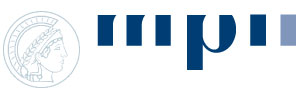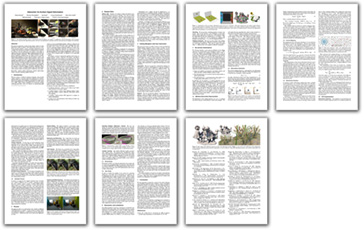


We present an interactive system for the artistic control of visual phenomena visible on surfaces. Our method allows the user to intuitively reposition shadows, caustics, and indirect illumination using a simple click-and-drag user interface working directly on surfaces. In contrast to previous approaches, the positions of the lights or objects in the scene remain unchanged, enabling localized edits of individual shading components. Our method facilitates the editing by computing a mapping from one surface location to another. Based on this mapping, we can not only edit shadows, caustics, and indirect illumination but also other surface properties, such as color or texture, in a unified way. This is achieved using an intuitive user-interface that allows the user to specify position constraints with drag-and-drop or sketching operations directly on the surface. Our approach requires no explicit surface parametrization and handles scenes with arbitrary topology. We demonstrate the applicability of the approach to interactive editing of shadows, reflections, refractions, textures, caustics, and diffuse indirect light. The effectiveness of the system to achieve an artistic goal is evaluated by a user study.

|
|||||||||||||||||
| For full quality, please download the supplemental video (Windows AVI, Xvid, 42.7 MB). |
Tobias Ritschel, Thorsten Thomählen, Carsten Dachsbacher, Jan Kautz, Hans-Peter Seidel
Interactive On-Surface Signal Deformation
ACM Trans. Graph. 29 (4) (Proc. SIGGRAPH 2010)
@article{Ritschel:2009:OnSurfaceSignalDeformation,
author = {Tobias Ritschel and
Thorsten Thorm\"{a}hlen and
Carsten Dachsbacher and
Jan Kautz and
Hans-Peter Seidel
},
title = {Interactive On-Surface Signal Deformation},
journal = {ACM Trans. Graph. (Proc. SIGGRAPH)},
year = {2010},
volume = {29},
number = {4}
}
This work has been partially funded by the Max Planck Center for Visual Computing and Communication (BMBF-FKZ01IMC01).
We thank